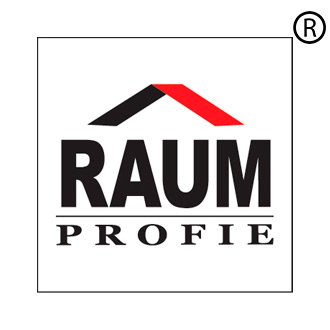A new look at the material for cold galvanizing
Cold galvanizing has long occupied a strong place among the methods of corrosion protection. However, classical compositions with high zinc content do not always show good physical and mechanical properties, especially in the context of time. The, the manufacturer could not always provide the finished products with inter-surface air circulation, non-contact storage and low humidity. Because of this, the end users have repeatedly expressed claims, up to financial, about the appearance of white plaque on the surface of products.
The problem required a radically new look at the material for cold galvanizing, because the manufacturer was not able to change the method of anti-corrosion treatment, as well as the conditions of storage and transportation of finished products.
The solution was the development, with the support of the technical consultant of the company "ECKART" Kruba L. E., tread Primer Еррех Zn based on two zinc: spherical (Zn-Dust) and plate (Zn-Flake). The synergistic effect of 2 zinc allowed to significantly reduce the total zinc content in the formulation to 35-40% (against 80-60% in the standard product) and to obtain high protective properties of the coating. The barrier effect, which is carried out by zinc flakes, allows to obtain a dense non-porous structure of the coatings. Due to this effect, there is no formation of "white corrosion" on the surface during operation in the atmosphere. In addition, the use of two zinc can improve the physical, mechanical and adhesive properties of the coating: spherical particles give the coatings hardness and plate-elasticity.
The result of the work was the epoxy two-component zinc-filled Primer Erech Zn, designed for protective corrosion protection of products, structures and structures made of ferrous metals subjected to aggressive corrosion loads, in conditions of water-salt fog, in the environment of vapors and aerosols of petroleum products.
When applied with a layer of 15-20 microns, the primer does not prevent welding by spot or arc welding in inert gas. The coating is resistant to spills of fresh and sea water, aqueous solutions of salts, oil and petroleum products. It is used as a primer layer in complex protection systems.
At the same time, along with solving the problems of "white corrosion" and improving the physical and mechanical properties, it was possible to reduce the cost of the product by reducing the cost of the formulation, which was a nice bonus for the customer.
